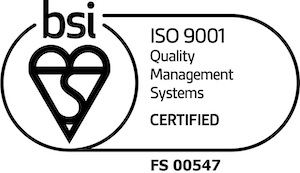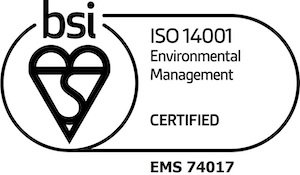How To Test Emergency Lighting
Emergency lighting is essential for safety in commercial buildings. Whether you manage an office building, a retail unit or a leisure facility, you should have working emergency lighting to help meet the requirements set out in BS 5266:2016, which stipulates the need for buildings to have adequate illumination when mains power fails.
Other regulations in the UK also cover the provision of emergency lighting, including:
- The Regulatory Reform (Fire Safety) Order 2005
- Building Regulations 2000
- Workplace Directive 89/654
- The Management of Health and Safety at Work Regulations 1999
With so many pieces of legislation and regulations covering emergency lighting, we thought it would be a good idea to cover how to test your emergency lighting.
Not only will this help you to meet your legal obligations, but it will also ensure that anyone in your building is kept safe if your system is fully operational. This is because emergency lighting provides illumination should you experience a power failure or an emergency, such as a fire, within your building.

The four emergency lighting test requirements
Here are four things that should be checked in regards to emergency lighting:
- Checking the charge function
- Checking lamp operation
- Checking battery capacity
- Checking operation for the full duration (3 hours)
Who should carry out an emergency lighting test?
There should be a monthly test of your emergency lighting carried out by the responsible person for your building. This is usually a short test to ensure that your emergency lighting works, making note of any units not working or those that require cleaning and maintenance.
Annual emergency lighting tests need to be carried out by a professional technician. This will involve testing your system for the full duration – usually three hours – and is commonly paired with testing your fire alarm.
How to test emergency lights
Monthly checks of your emergency lighting should be carried out by the responsible person, following these steps:
- Insert the device key into the emergency test unit – this is usually a fish-shaped key
- Set a timer if applicable – you can do functional, 10-minute or 3-hour tests
- Check all emergency lights are fully illuminated
- Turn off the emergency testing unit
- Check emergency lights are charging – indicated by a small, internal green LED light
- Record any results from your test
- Take any action to clean or maintain your system as required
If you notice any issues with your system, you should call in a professional technician to diagnose and remedy the situation as soon as possible to ensure you are covered.
When is the best time to test emergency lighting?
Because your emergency lighting should be constantly charging to keep a full, 3-hour charge for an emergency, you may opt to conduct a test at the end of the working day. This will ensure that the charge is only depleted when people are out of the building, giving the lights time to recharge overnight.
If your business operates both day and night – hotels are a good example of this – then we recommend carrying out your emergency lighting test in the morning, ensuring that if an emergency does occur, there are more natural daylight hours to help in an emergency should the charge be depleted.
Here at LW Safety, we provide emergency lighting for all commercial premises throughout Wembley, Harrow and Uxbridge. On top of that, we can also help keep your system working through our emergency lighting maintenance service, so you can always be confident that people can find their way out of the building in an emergency. Not only is this a legal obligation, but it can help to save lives.
Contact us today and discuss your emergency lighting needs with our specialist team. Whether you need installation or maintenance, we’re always here to help.










